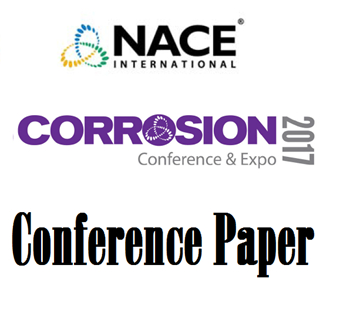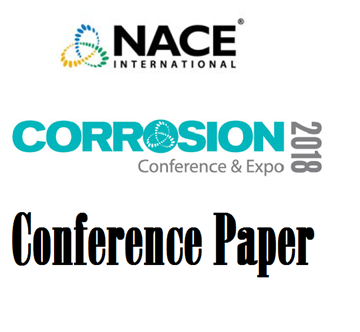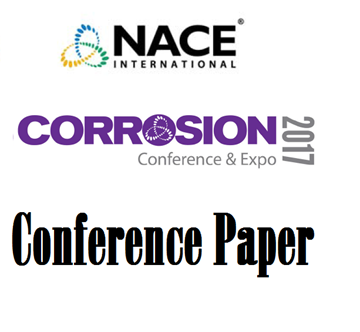Search
51317--9700-Galvanic Cathodic Protection for High Resistance Concrete in Marine Environments
Also Purchased
Cathodic Protection on Steel Reinforced Concrete Marine Structures
Product Number:
51317--9219-SG
ISBN:
9219 2017 CP
Publication Date:
2017
$20.00
51318-10544-Cathodic Protection, Coatings that Shield Cathodic Protection, Stress Corrosion Cracking and Corrosion Assessment in Aging Coated Pipe Lines and Buried Utility Structures
Product Number:
51318-10544-SG
Publication Date:
2018
$20.00
Review of Cathodic Protection Systems for Concrete Structures in Australia
Product Number:
51317--9024-SG
ISBN:
9024 2017 CP
Publication Date:
2017
$20.00




